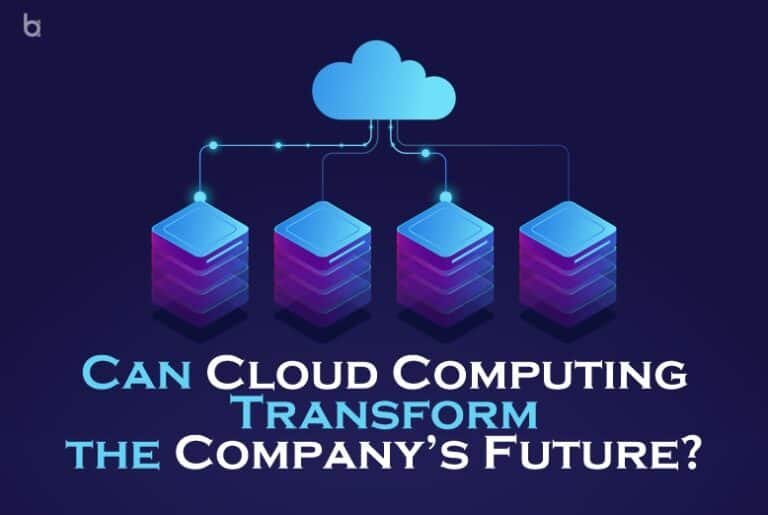Key Highlights:
- – Analysts are predicting compound annual growth rates in the cloud computing business by 25%.
- – Cloud expenses will be crucial to business continuity and will be driven in the coming years by the adaptable flexibility of a cloud-based strategy.
- – The cloud future will contain an expanding diversity of technological advances.
Cloud Computing for Business
Cloud computing gives the company a method of organizing its computing resources online. The phrase has grown over the last several years and can be implemented to express the storage and computer necessities via third parties.
The cloud is for the internet and, the method users save. And access to the data via an internet connection is interpreting in the cloud. So, cloud computing enables companies to virtually have access to their data. And giving a flexible and worldwide way to access company data wherever they want.
Benefits are claimed for cloud computing, including more agility, cheaper costs, better security, decreased risk, better regulatory compliance, superior IT support, and business continuity. Compound yearly growth rates in the cloud computing sector are predicts by analysts by 25%.
Three ways users determine the cloud’s growth
Three Cloud-based scenarios for technology and service providers to adopt and promote business transformation voyages for clients are listing here.
1. Choosing on cloud deployment is based on verifiable results
During the whole epidemic, cloud services functioned as a hot spot. Because the firms which employ them have been able to recover from those that do not use them. The adaptable flexibility of a cloud-based strategy will make cloud expenditure a central part of business continuity and drive the next few years.
While enterprises might perceive tactical and strategic advantages from the use of cloud technology. So, the goal must be to guarantee that customers get a demonstrable cloud result.
2. Future of the cloud is based on use cases rather than technology
A growing array of technological breakthroughs will encompass the future of the cloud. For example, cloud-based methods will boost the value of the cloud, with hybrid and mixed settings dominating.
Native to the cloud is a word for describing the technology, architecture, or activities coordinate with and amplified in the cloud. Cloud-native is a continuum rather than an absolute. And similar solutions to the cloud principles: a computing style. So, where scalable and elastic IT capabilities are delivered to users through ordinary internet technologies as a service.
Hybrid scenarios will also contain a blend of cloud, non-cloud and other cloud offers, supporting current application architectures. Multi-cloud is an environment where a company uses several cloud services for the same objective in general.
3. Expedite digital business for the future
To promote the Digital Business, companies have to support applications, data, and operational processes in all their settings. Therefore, including scenarios of use supported by centralized and distributed IT services. Mainly served apps can be transferred to a centralized public cloud in public cloud services. Public cloud computing services across various nations and regions have provided enterprises with additional options for cloud deployment. Thus, do not satisfy the demands of applications that are not working well in a centralized cloud data center.
Also Read:- Learn How Fog Computing Will Bring The Next Cloud 2.0



